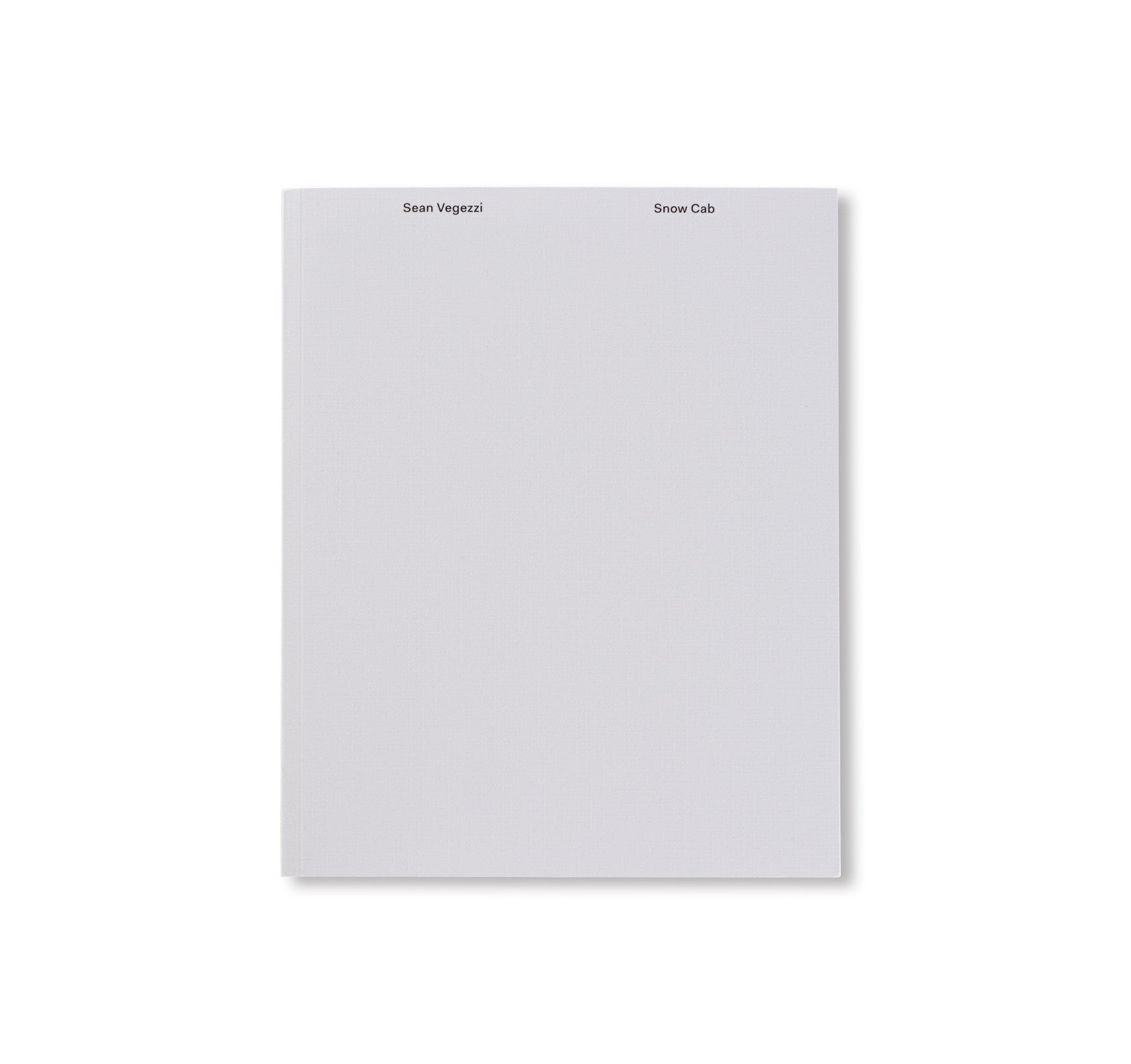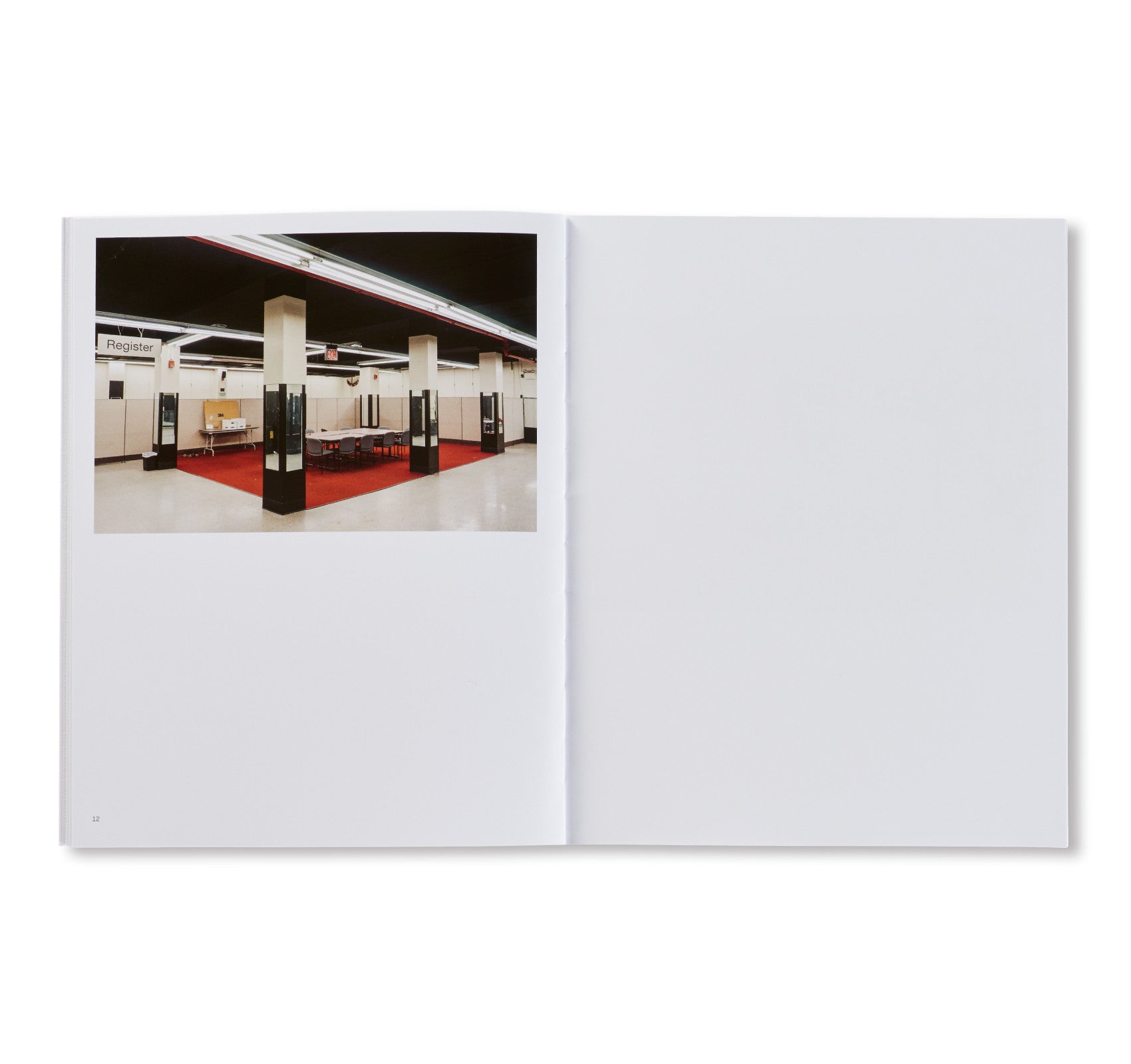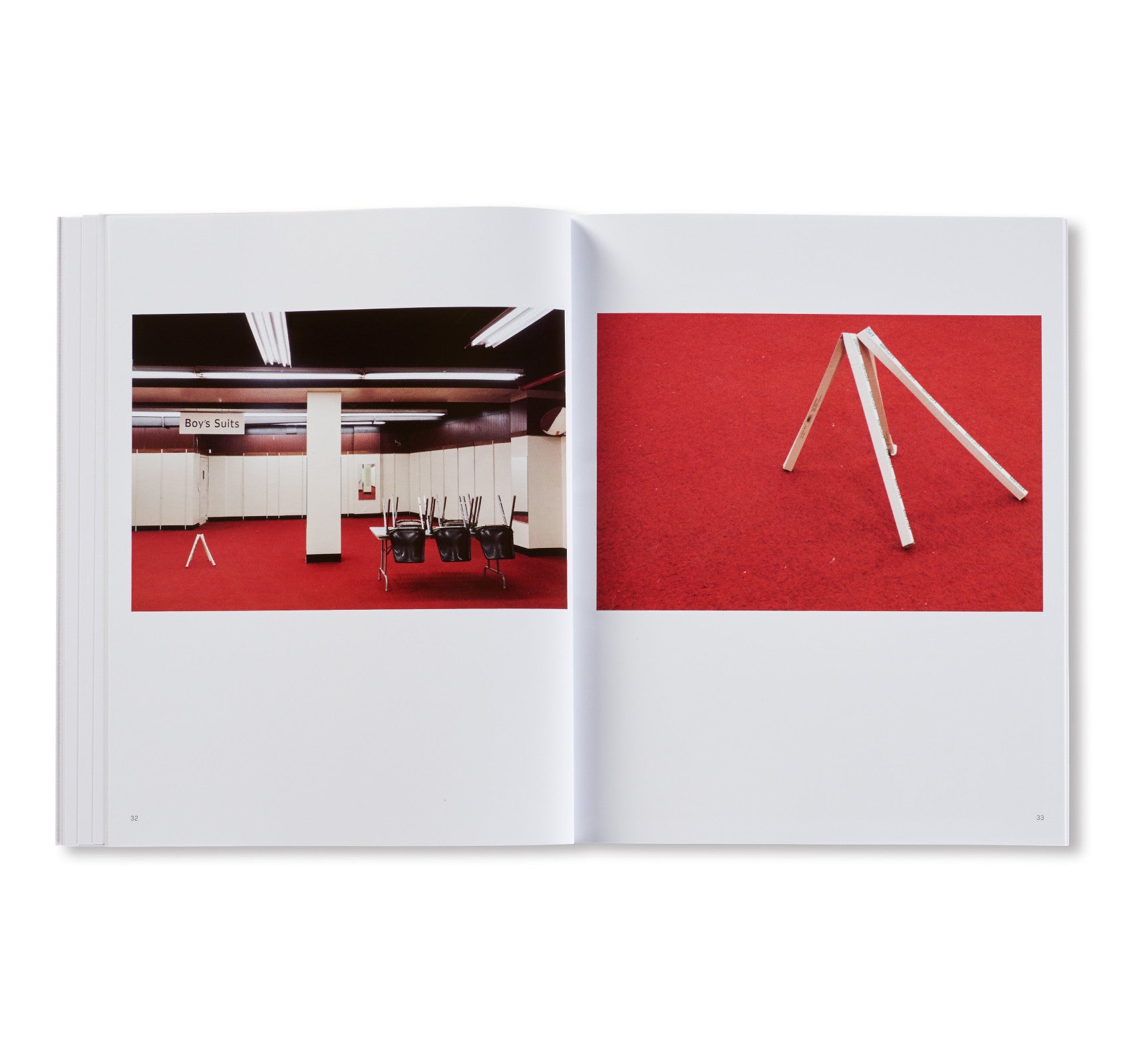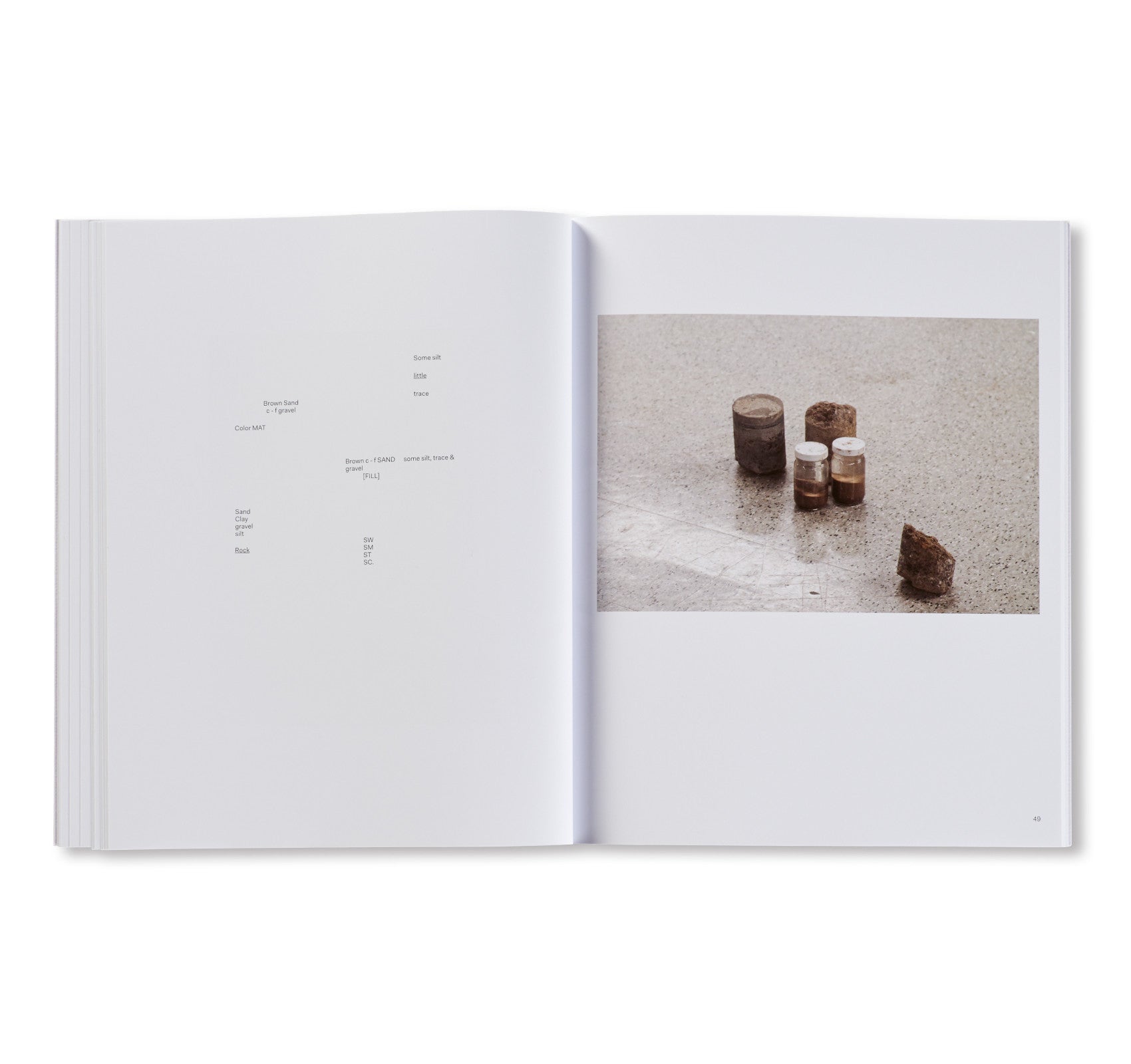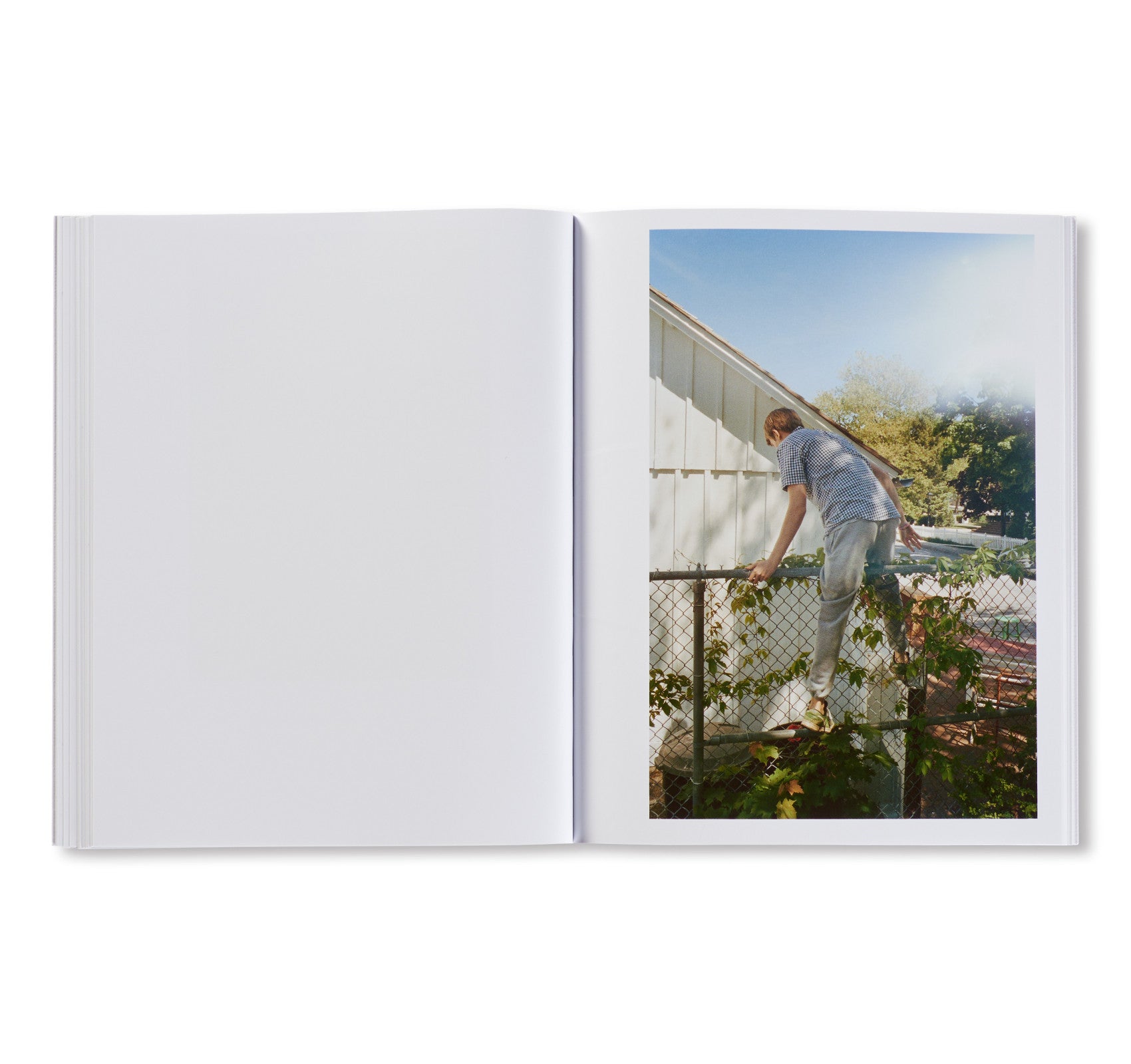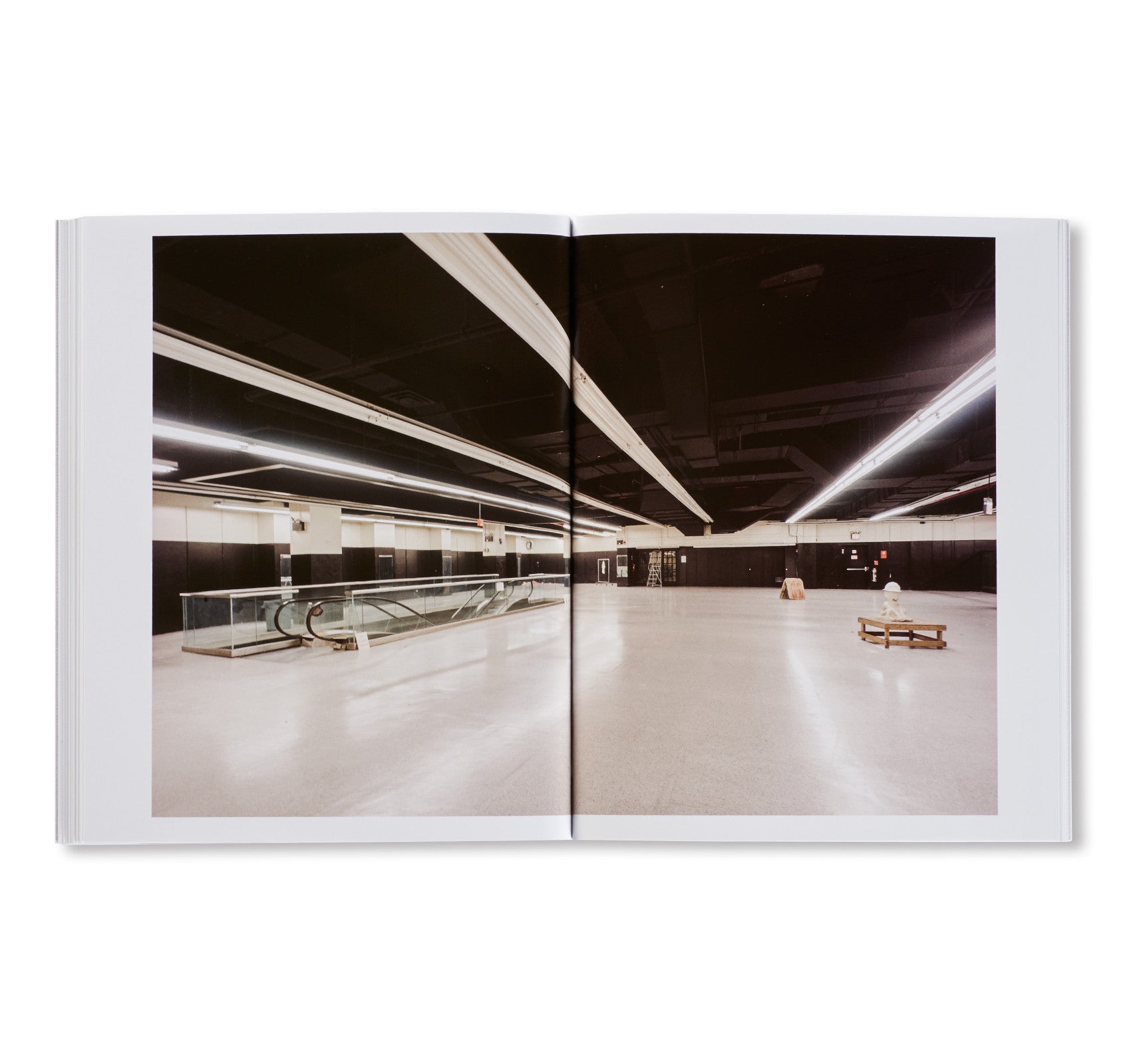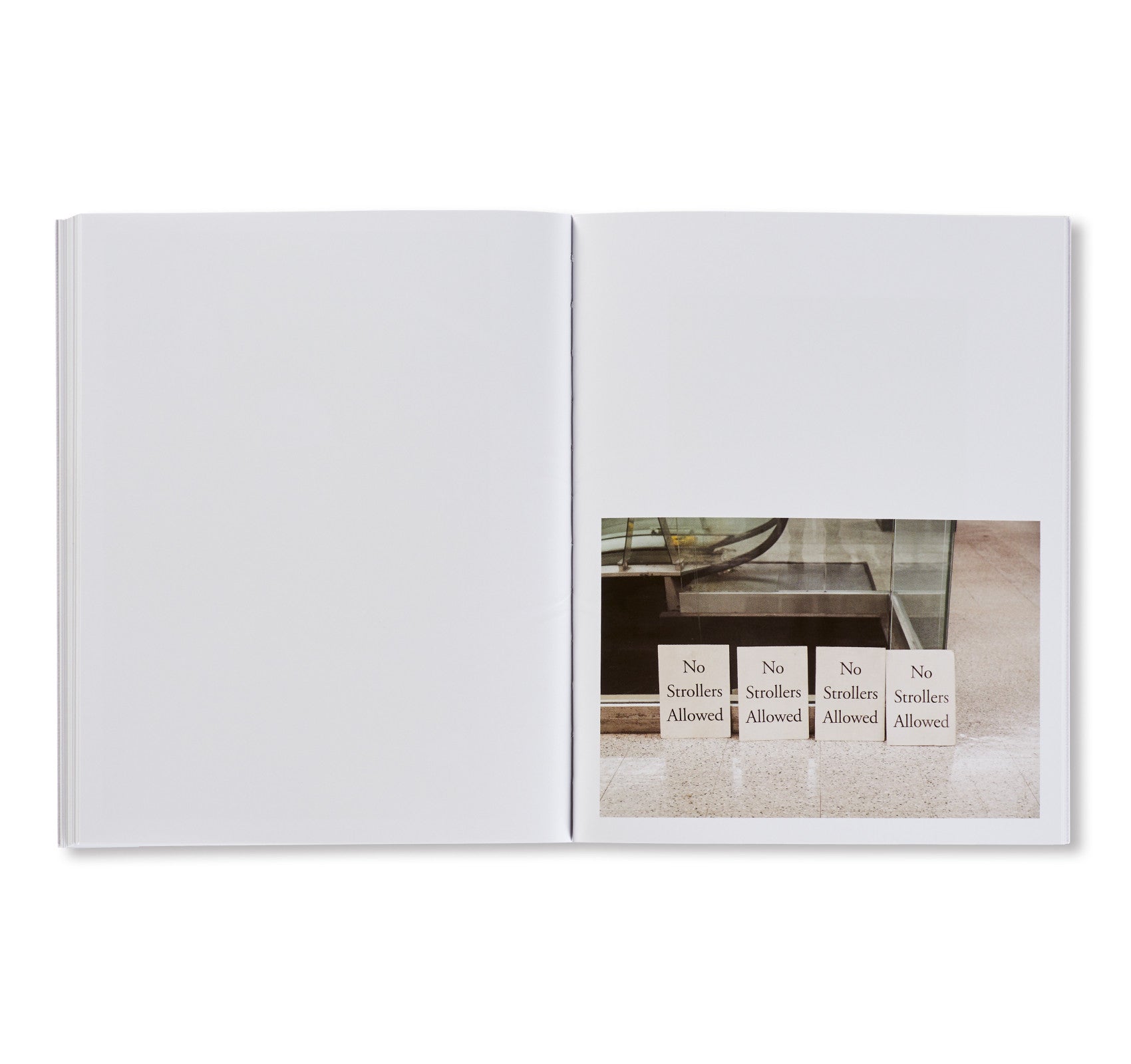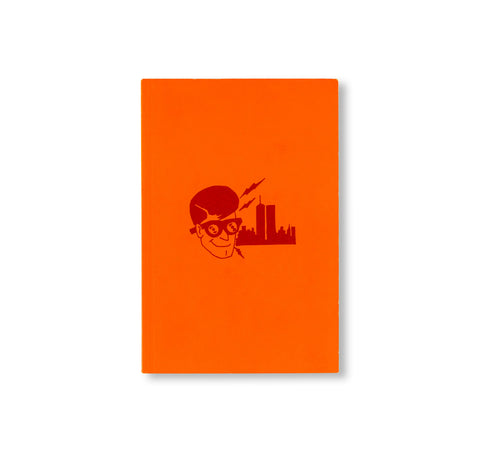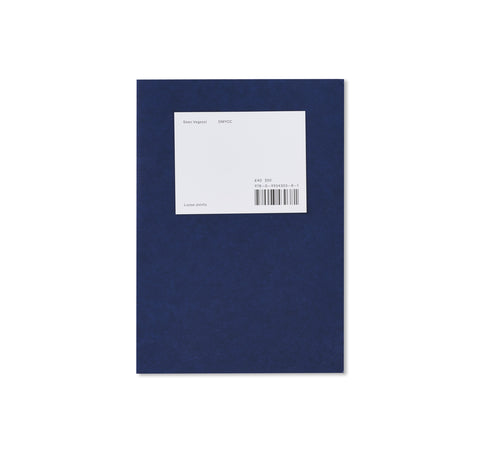SNOW CAB by Sean Vegezzi
アメリカ人フォトグラファー、ショーン・ヴァジェッツィ(Sean Vegezzi)が、2015年11月25日~22日にロウアー・マンハッタンの空き店舗で行ったインスタレーションをまとめた作品集。展示された作品は、動きのない使い古された空間と交わり、空間は作品たちの本来の居場所になり展示後もそこに残された。本作において作者は、アメリカの軍産複合体の内にある個人とプライバシー、セキュリティー及び可視性が混合したストーリーを展開。Tシャツや床用洗浄剤、像、コアサンプル、冷戦時の配給物、野生生物などが写真作品やテキストと合わさり新たな意味が与えられている。展示に付随する二つのテキストの中には、作者が以前より続けているセキュリティ産業に関する調査と、個人的な愛と恐怖の体験とが織り合わさる様子が伺える。展示時期直前に起こったパリの襲撃事件に応じた作品として、本作は事件に対する同情を物質生産という表現で伝える。これは展示品と作者によるテキストの至るところで明らかだが、例えば中傷されるテロリスト、1993年の世界貿易ビル爆破事件、「Pray for Paris」のスローガンや水責めなど、吊るされたTシャツのコレクションが最もそれを表現している。これらの服に新たに意味を持たせることで、作者は地政学的なテロから商品と利益という概念を浮かび上がらせ、同時に人間と近代の統制された世界で生きる我々の反応や体験にある脆弱性について繊細かつ明確に伝えようとしている。
Snow Cab catalogues an eponymous installation of works by Sean Vegezzi made between 15 and 22 November 2015. Installed within a vacated retail unit within Lower Manhattan, the works of Snow Cab actively blend and respond to the inert postconsumer space they inhabit, a space in which subsequent to their exhibition the works were left, in situ. Vegezzi’s practise explores the blending of the individual with narratives of privacy, security and visibility within the American military-industrial complex. A departure from prior works, Snow Cab evolved as an immediate, frenzied and searching response following the Paris terror attacks of November 2015. Moving through the documentation of the exhibition we find t-shirts, sweeping compound, statues, core samples, Cold War rations, wildlife and more, repurposed and reappropriated for display amongst images and texts. In the two accompanying texts to the exhibition, one of which was distributed to all exhibition visitors as a printed booklet, we find an interweaving of Vegezzi’s ongoing research into the security industry with personal experiences of love and terror. Many of the works we see are a series of gestures that both intervene and undermine Vegezzi’s immediate environment of Manhattan. In one work, a black plexiglass panel has been cracked along its top edge, voiding its former purpose of stopping any light from entering the retail space. It balances delicately with a pixelated image of a blue sky, taken from the empty training headquarters of a prominent insurance company. Elsewhere, the vibrant red of an industrial sweeping compound, used to eliminate dust sits within household plant pots. These materials, used to control the flows of nature on an elementary level are reconfigured - modifying or corrupting the synthetic materiality of urban space and resembling the aftermath of some unforeseen event. As a piece of work that directly responds to the Paris Attacks, Snow Cab also traces and attempts to emulate material production as sympathetic evidence of experience in the wake of an event. This is evident in objects presented throughout the show and detailed in Vegezzi’s texts, but is most apparent in a collection of t-shirts that were hung up for display - depicting vilified terrorists, the 1993 World Trade Center bombing, a Pray for Paris slogan and hand-made shirts referencing waterboarding. In the re-framing of these items of clothing, Vegezzi highlights the notion of merchandise and profit from geopolitical terror, while also delicately articulating the human and vulnerable within our reactions and experiences of a modern, managed world.
